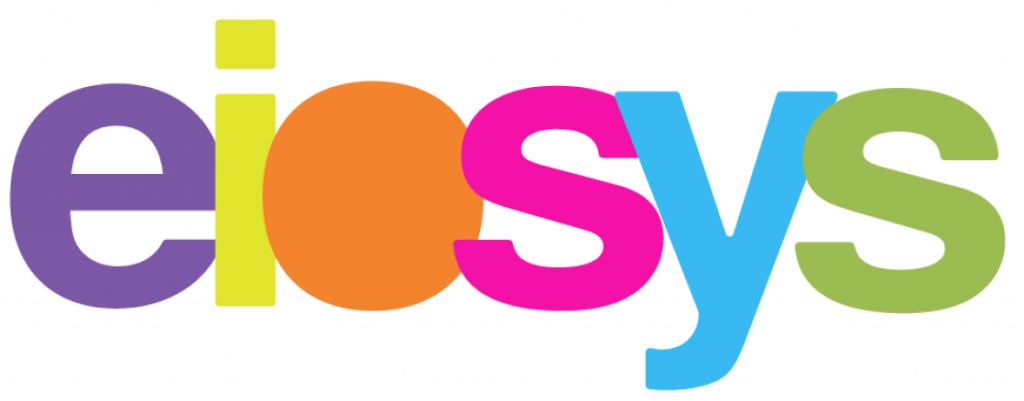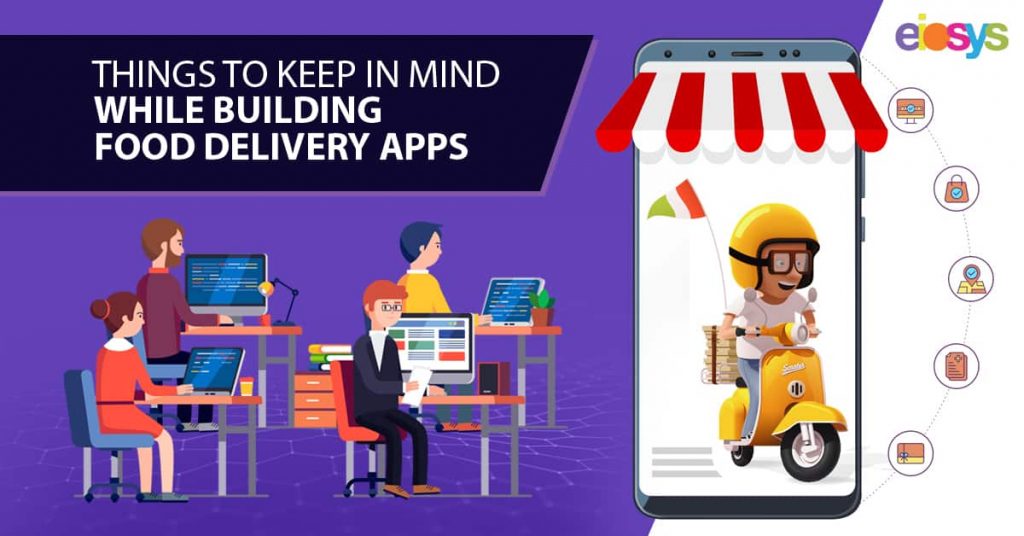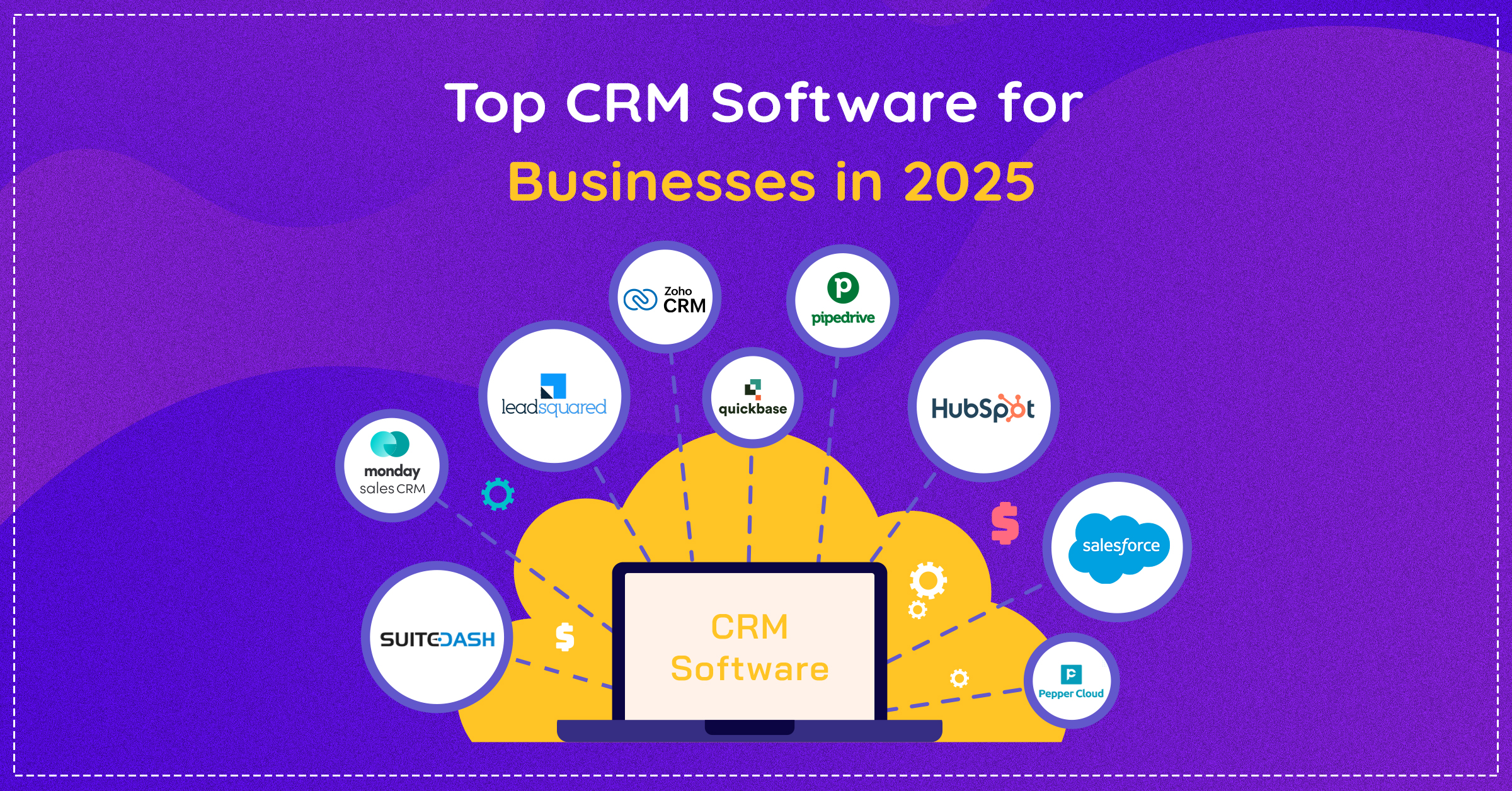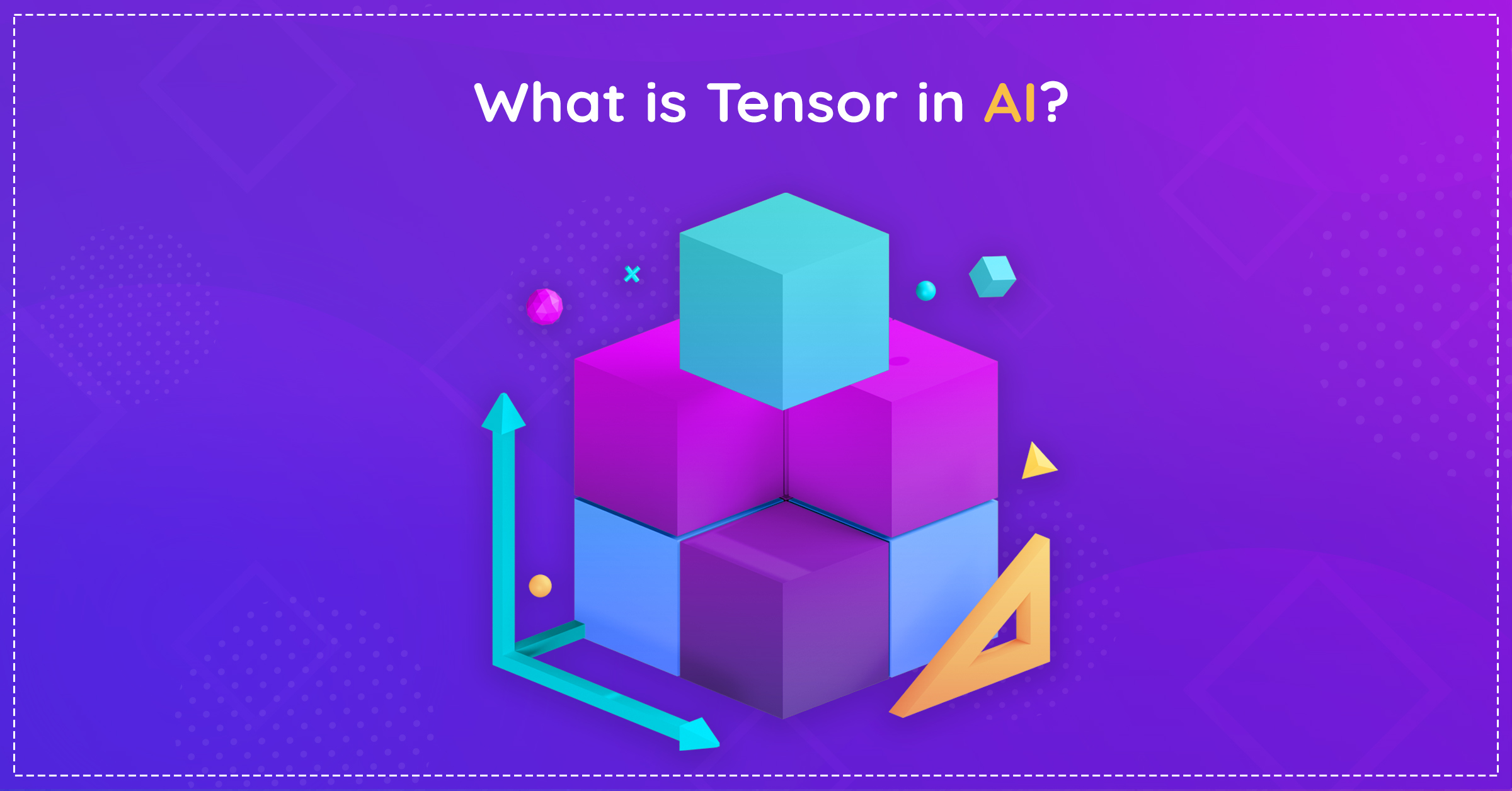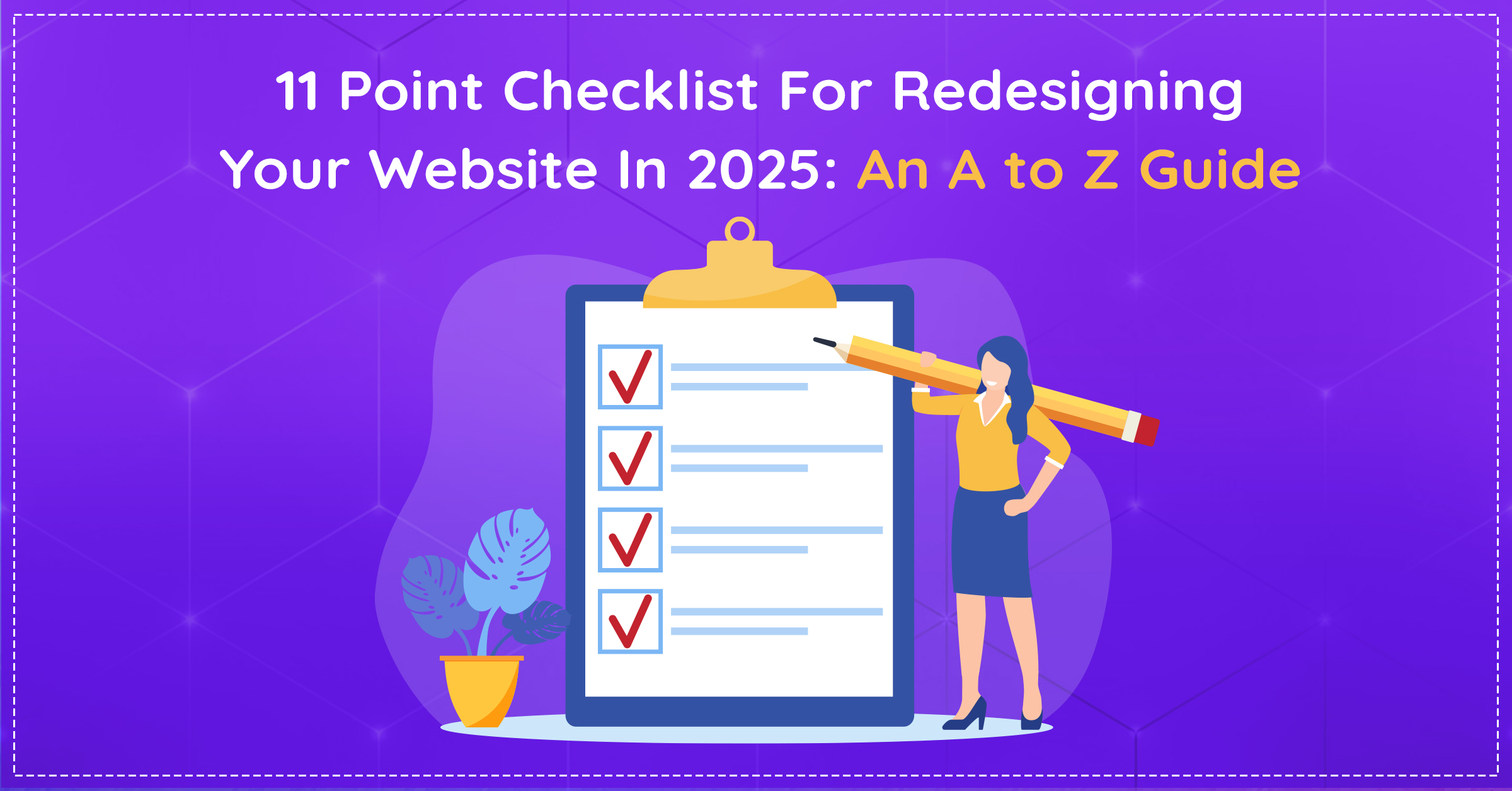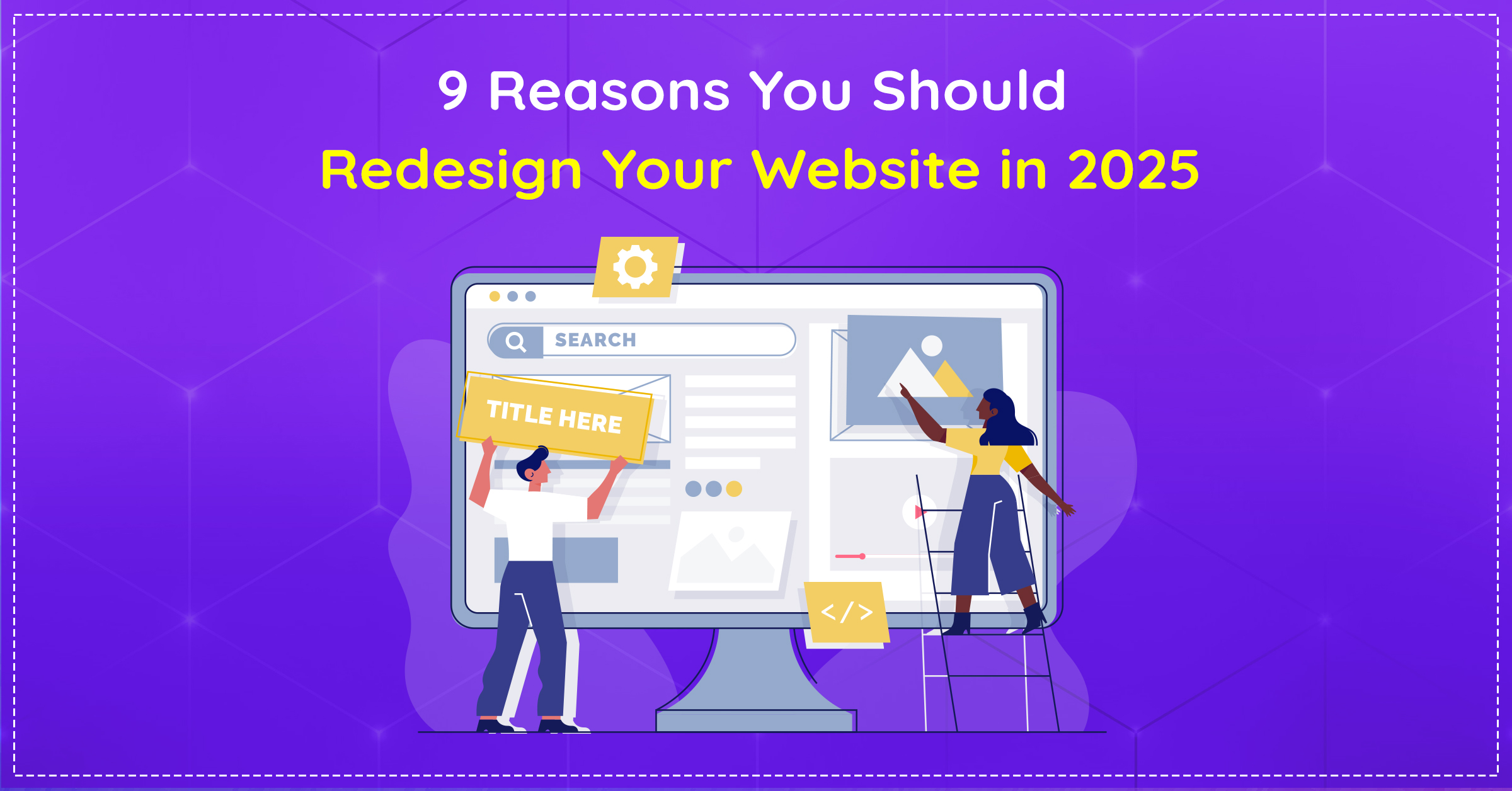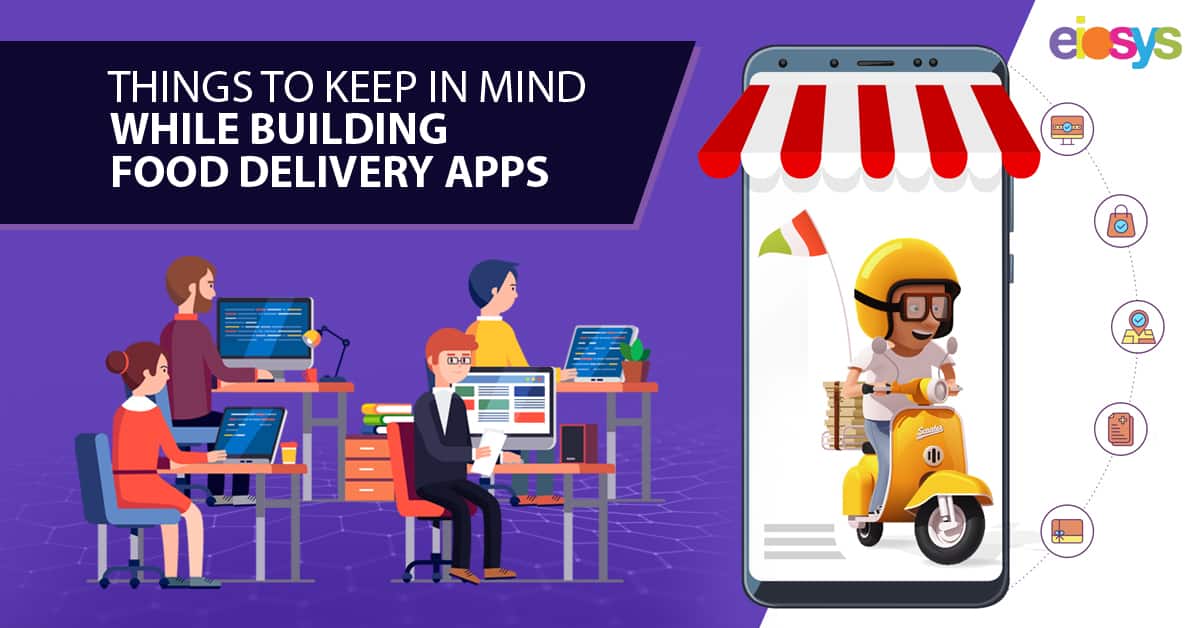
Food delivery apps have become the most downloaded and used apps on an everyday basis. Thanks to the changing lifestyle of the people, such apps have made a business for themselves in today’s world. With busy work hours and a dwindling economy, fine dining is replaced by binge-watching Netflix and dining in. Earlier you could only order pizza and a few other stuff for home delivery. But with the introduction of apps like Swiggy, Zomato and Uber Eats, you get to not only choose from their entire menu but also get a look at their menu, features of the restaurant and even book a seat.
This has not only attracted vendors and customers but investors and businesses alike. The food delivery business is one of the most popular business concepts in the startup community across the world. One of the primary reasons for it is the initial investment. The business can be started at minimum cost and without abundant manpower, physical office, inventory, and manufacturing.
One of the most critical requirements of this business is the food delivery app development. So let us dive deep and see some things to keep in mind while developing your food delivery app.
Firstly, you have to know about the type of model you want to go to. Basically, there are two types of start-up models.
The Aggregator Model
It is based on the traditional system of food delivery. You provide a platform for consumers to browse through the menu of the restaurants and provide support for ordering and exposure. The consumer then places the order, the message of which is relayed to the restaurant, and the food is sent out for delivery which is taken care of by the restaurant itself. For this type of business model, you need a customer side app to get orders, a restaurant side app to send orders and an admin panel to manage the complete system
Food delivery with logistic support
In this model, in addition to the aggregator model, the company partners with the restaurants and provide them with complete logistic support. This model not only makes the customer happy as they get a lot more options but they also get the benefits of a structured delivery system and also track their orders. For this type of business, you need an additional driver-side app
Features that a food delivery app should have:
-
- Data Access: Data is king but in a good way. The success of a food app depends upon the number of food joints and restaurants it has under its belt. The more menus, dishes, ingredients, dish descriptions, pictures, calorie count, delivery time and real-time tracking an app has the more chances it has to be successful as it increases user engagement. This information makes the user choose a dish or reject it and influence their ordering pattern. All this information can be accessed through API used in the mobile app.
- Online payment integration: As more people are going digital, they prefer paying online ahead rather than paying by cash. This not ensures that your order is delivered even if you aren’t there physically like sending someone food but also spares you the hassle of arranging the change. The more the payment options like cards, UPI, wallet, PayPal, coupons, etc. the merrier. Every big food delivery app like Zomato, Swiggy, UberEats have it.
- Delivery time: Showing the estimated delivery time is important for an app to be successful. In this fast-paced world, people want to know how much time it will take for his/her food to arrive. Machine learning and AI have helped make these predictions very accurate and it also aids to ease the anxiety of a hungry customer.
- Tracking: GPS is being heavily used by food delivery apps to offer better services to the customer. This allows the user to see where his delivery guy is and even guide him be it he can’t identify the address. Apps use API’s like MapKit, Google Maps, Waze’s navigation, etc. to achieve this. It first detects your location and then the restaurant’s location and shows the projected path and time. Uber uses Google Maps across all its apps.
- Review and rating (Feedback): Food delivery apps use reviews and ratings to not only keep check of the food delivery guys and restaurants. Though either of them go through stringent background checks before employment or onboarding, it is essential to define processes to avoid any misconduct to prevent maligning of the company. It is on the basis of the reviews and ratings that the apps decide whether to fire the delivery personnel/restaurants or keep working with them. It also allows personnel/restaurants with high ratings to receive incentives which allows them to work harder.
A food delivery app should have 3 separate apps. One customer app, one delivery guy app, and one app for the businesses. Each comes with its own set of features which makes the whole process smooth and efficient. While building this app, you can ask your mobile app development company to include these features.
CUSTOMER APP
The following features should be there in this version of the app.
- Registration: The Signing Up of a customer is an important process. It creates a deep bond with the customer and allows him to come back for more. Log in should be easy and also integrated with social media like Facebook or Twitter or Instagram login. Basic features like login id, password, linking a payment option, adding an address, being able to access order history should be there. Other features like adding a profile picture, multiple addresses, food preferences are add on.
- Searching restaurants: This data enables the user to see the restaurants in his vicinity and from where they can order. Locating restaurants nearby and gaining access to information like dishes available, price, discounts, reviews are the features that are a must. The search option can be further enhanced by adding search by keywords, dishes, mood, occasions, etc.
- Placing an order: Customers should have the ability to add, remove, or edit orders from their cart. A summary along with all the price information like taxes, delivery charges, etc. should be provided at a glance before payment. In case of some problems, order cancellation should be there. Other options like pickup or delivery can be added too.
- Payment: The more the payment options the better. Safety and speed are important so choose the proper gateway. Also, the option to remember the card number is important to save the user the hassle of entering his credentials every time he orders.
- Tracking and Location setting: Setting multiple locations to be it office, home or a friend’s house is an advanced feature in addition to the delivery and tracking details. This saves the anxiety of not knowing when one’s food is going to be delivered.
- Enhanced UI and UX: A polished and well-looking app goes a long way. It allows for better navigation and an easy learning curve.
[Tip: Check out the blog on steps to create a successful mobile app. It can help you drastically improvise your app quality]
DELIVERY PERSONNEL APP
- Registration: Like the customer, the delivery personnel should make an account for better identification. Identification id and basic login like social media integration, password recovery, etc. should be there.
- Managing orders: The app should provide access to information like the order size, pickup, and drop off location, and any other relevant information. The feature of approving or disapproving a delivery request should also be there.
- Status update: This allows the customer and the company to know the status of the order like Approved/Disapproved, Order Picked and Order delivered.
- Other features: These include app navigation, booking history, emergency services, and total payment of the day.
Looking for Food Delivery App Developers in India ?
PARTNER RESTAURANT APP
- Admin Panel: A portal that helps the restaurants manage the whole process from order placement to request from delivery guy to changing menu/prices, delivery time and availability of food. This feature is crucial to the smooth functioning of the app.
- Registration: The restaurant also should have a registration feature like the customer and delivery guy.
- Managing content: The restaurant version focuses on attracting users and publishing and sharing content relevant to their business. The restaurant should be able to update information details like address, contact number, website, timings, etc. It should also be able to add pictures, update menus, add or remove dishes, change prices and description etc.
- Manage orders: The app should allow the restaurant to see the detailed view of the order, update the status of an order, send out notifications to the customer and delivery guy and also view the detailed list of all the orders it received.
- Payment: The payment should be released only when the customer gets the food in his hand.
- Other features: Featured and sponsored listing, accept orders only when the delivery guy accepts the order, automatic invoice generation sent to the customer via email.
Smart work is important to make a food delivery app successful. Proper market research should be done to understand customer and business preferences and then target the customer with customized ad campaigns. Improving UI is crucial as it will allow better user engagement and conversions.
If you are looking to start your own food delivery business, you can get in touch with us. Our experts will handhold you on your journey.

